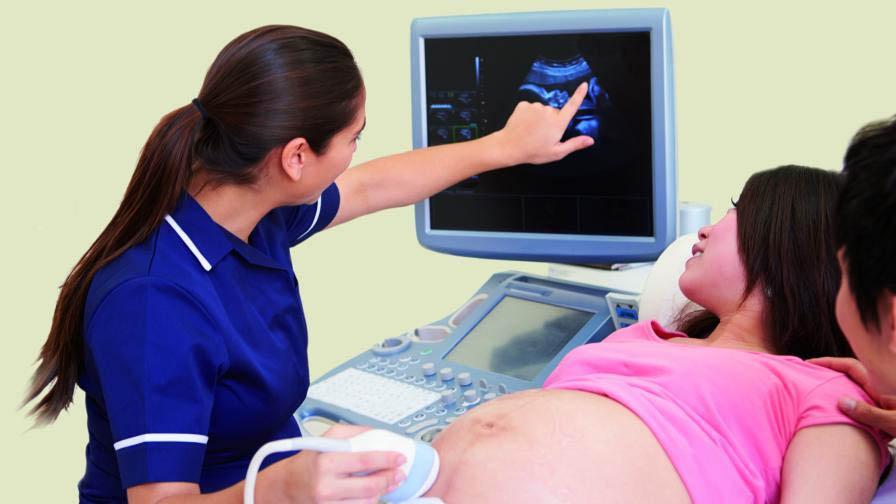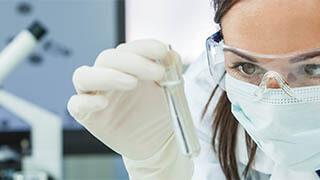
Developing the use of ultrasound scanning in pregnancy
In the 1950s, Professor Ian Donald began to pursue the potential of the technique in obstetrics. During the 1970s and 1980s Action Medical Research supported a number of projects to develop ultrasound techniques during pregnancy. The charity funded Professor Donald’s work in 1978, awarding him and colleagues at the Western General Hospital, Edinburgh, a grant for a real-time scanner to assess the health of the baby. In 1981 the charity gave further funding for a videotape recorder system. Many fetal movements are too fast for meaningful analysis and the recorder enabled them to capture video that could be viewed in slow motion. For the first time doctors could study a baby’s movement in 2D and monitor aspects of it’s development including breathing, cardiac activity and general activity.
Today, ultrasound scanning is routine during pregnancy across the world and its use is estimated to have almost halved the death rate for babies at the time of birth.

